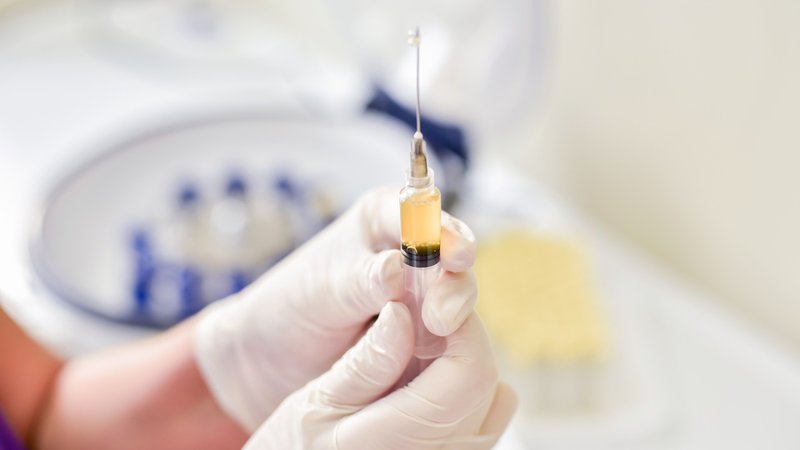Peyronie’s disease is a condition that affects the penis. In this episode, we will learn about Peyronie’s disease and discuss its causes and available treatments.
What Causes Peyronie’s Disease? Is It Treatable?
- Episode Video
- What is Peyronie’s Disease?
- Other Causes of Peyronie’s Disease
- Available Treatment for Peyronie’s Disease
- Final Thoughts
Episode Video
What is Peyronie’s Disease?

Peyronie’s disease is more common than we think. It is a result of inflammation caused by a fibrous knot or a scar knot that is in the tunica albuginea. Tunica albuginea is a wrapping that wraps around the corpus cavernosum, the main muscle of the penis.
Because it is fiber, tunica albuginea is not stretchable. When an erection happens, blood flows into the penis muscle causing the muscle to engorge. This results in compression of the against the tunica albuginea. Compression of the vein and the blood stop flowing comes after. causing the blood to stop going back to the penis. This is how you maintain an erection.
Erectile dysfunction happens when the veins are not completely compressing or when they start leaking. That is why you will start seeing some issues like decreased firmness or you can’t maintain your erection. Most ED issues are really due to the inadequate vein being compressed.
Scarring of tunica albuginea is one of the causes of Peyronie’s. Think of it as scar tissue that is hard and it wraps the outside of the corpus cavernosum. Sometimes the knot is called a plaque and it impairs the expansion of the corpus cavernosum, causing the penis to bend.
There are three stages to Peyronie's disease. There is the asymptomatic stage, the painful stage, and the stage that is associated with ED. 60% of patients with this condition have ED but this is in the latter part of Peyronie’s disease.
Other Causes of Peyronie’s Disease
Other causes of this condition include vitamin E deficiency. Taking beta-blocking medications like Atenolol and Metoprolol, which are usually used for heart disease or even high blood pressure, can also cause Peyronie's. Excessively high levels of serotonin, sometimes caused by depression medications, can contribute to this. Lastly, a long-ago trauma or fracture of the penis from a long time ago can cause Peyronie’s as well.
Peyronie’s disease also could be genetic. It could also be from Paget’s disease of the bone. Another cause of it could be Dupuytren’s contracture – when you have a knot or tissue that is in your palm, and it tends to bend your fingers.
Peyronie's also links with auto-immune conditions such as rheumatoid arthritis. It can also be present in patients with high blood pressure and diabetes, and patients that are smoking. The incidence is between 1% to 8% and men aged from 40 to 70.
Available Treatments for Peyronie’s Disease

There have been multiple studies that have shown that Peyronie’s disease can actually be treated with injections of platelet-rich plasma. The doctor will inject PRP into the knot that was responsible for the curvature to make it smaller and break it apart. Another treatment available for the disease is shockwave therapy. The therapy uses sound wave energy that will break up the scar tissue.
Final Thoughts
To treat your Peyronie, I recommend doing PRP first and at least six to 12 sessions of shockwave therapy with the focus shockwave. But if the curvature is significant and PRP and shockwave therapy doesn’t improve it, you should consider surgery.
Additional Resources
Want to regain control of your sex life? Join the Modern Man Club and start your road to full recovery and community.
Reveal the FREE treatment most men ignore that solves thousands of erectile dysfunction cases every year, plus the 5 biggest mistakes you must avoid if you want to say goodbye to your ED. Uncover it all in my free ebook available to download now: The 5 Common Costly Mistakes Men Make When Facing Erectile Dysfunction.

